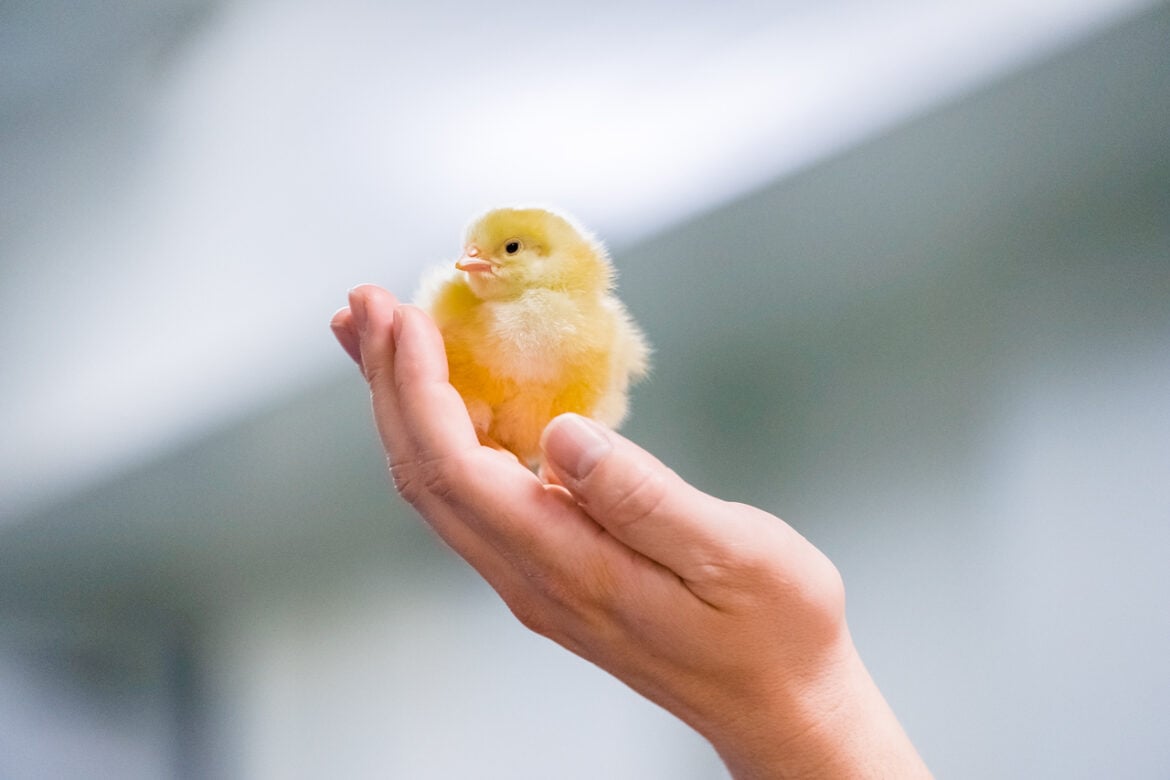
With summer on its way, it is important to start preparing for heat-related issues regarding the transport of day-old chicks. Many of these issues can be prevented with good preparation and thoughtful execution. In this article we offer five tips to achieve optimal chick transport in summer.
1. Bring the cooling systems in optimal conditions
Start by checking the truck installation and coolant level. Clean the radiator of the generator. When the cooling system runs it uses more energy from the diesel generator. With the high ambient temperatures that occur in summer it is important that the diesel generator is cooled sufficiently. A proper coolant level is essential to maintain an optimal cooling capacity. Make sure the ventilator and its fan belts work, to avoid overheating or engine failure. When both the radiator and ventilator are well-functioning, a good airflow is ensured. During the trip this can be monitored on the engine temperature gauge.
The condenser and evaporator of the cooling system, as well as the air filters, should also be clean to ensure a good airflow. If the airflow and the amount of cool air to the loading space are reduced due to pollution, the cooling system will work less efficiently. This will increase the risk for failures. High pressure and overload problems can cause the cooling system to malfunction.
2. Plan your trip
If the truck does not have a cooling system it is advised to transport fewer chicks per box, e.g. 80 instead of 100. This will reduce the heat production. However, the temperature will still rise, reducing the quality of chicks. Rather transport chicks during night-time, since it will be cooler during those hours. If the distance is short enough and you have the possibility to reschedule the driving time to cooler hours of the day, this will make a significant difference.
3. Take extra care of the chicks
Chick rooms are often not equipped well enough for high temperatures, large flocks and/or longer waiting times. Monitor the well-being of chicks regularly to be able to respond quickly. This can be done by observing chick-behaviour. Signs of a high body temperature among chicks are open beaks and heavy panting. Make sure to check their body temperature during storage and loading at the hatchery. Ideally it should be between 39.5 and 40˚C. Higher body temperatures will cause quality loss, dehydration and, in extreme cases, mortality.
Have the truck pre-cooled and ventilated, so when the loading starts, the system is already tested and serves as a temperature buffer with fewer fluctuations.
4. Control the climate
Climate control during the trip is essential for good quality upon arrival at the farm. Keep the air valve nearly closed when the cooler is running. Avoid the extra intake of hot air to prevent a reduced cooling capacity.
5. Unload quickly at the farm
To avoid overheating of the loading space, keep one back-door closed when unloading at the farm. When day-old chicks leave the safe environment of the truck, they should be moved as quickly as possible to the poultry house where they will have feed, water and comfort. This time should not exceed 15 minutes. In extreme climate conditions this time should be 5 minutes. Empty crates and trolleys heat up rapidly in the sun. Put them directly back into the truck or leave them out till all chicks are unloaded. This way the remaining chicks are not heated by the hot trolleys.
Interested to learn more? Just drop us a line.